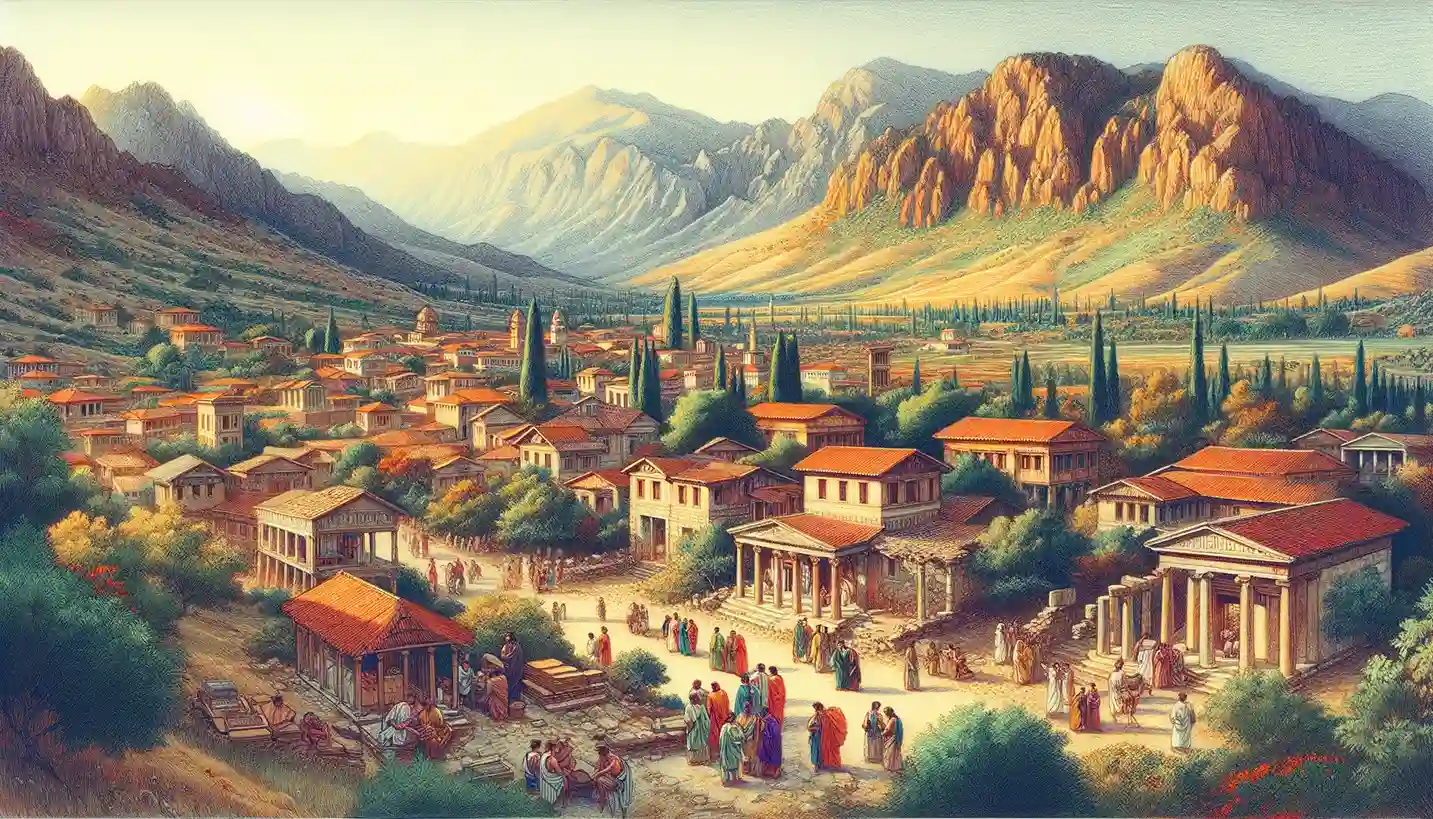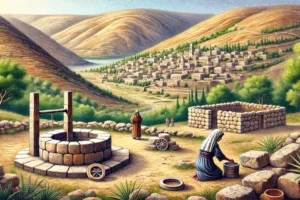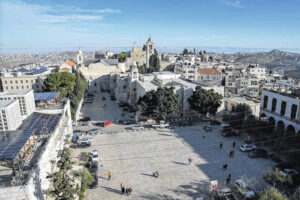
Colossae: An Ancient Intersection of Culture and Christianity
Colossae was an ancient city located in the Roman province of Phrygia, in what is now modern-day Turkey. It is most famously referenced in the New Testament through the Epistle to the Colossians, written by Apostle Paul. Here are some quick facts about Colossae:
- Geographical Significance: Colossae was situated on the southern edge of the region known as Phrygia, near the Lycus River valley, an area that also included the cities of Laodicea and Hierapolis.
- Economic Background: Historically, Colossae was known for its production of a beautiful, dark red wool, called colossinum.
- Decline in Prominence: By the time of Paul’s writing, Colossae was diminishing in importance, overshadowed economically and politically by the nearby city of Laodicea.
- Biblical Context: The Epistle to the Colossians addresses the Christian community in Colossae, whom Paul had never visited personally. It was likely founded by Epaphras, one of Paul’s converts and companions.
- Theological Challenges: The letter to the Colossians deals with issues such as heretical teachings that incorporated elements of Jewish legalism, local folk belief, and early Gnosticism, which emphasized secret knowledge.
- Paul’s Teachings: In his epistle, Paul emphasizes the supremacy of Christ over all principles and powers and instructs the believers in Colossae to lead lives worthy of the Lord, fully pleasing to Him.
- Archaeological Status: Today, the site of ancient Colossae has not been as extensively excavated as other New Testament locations, leaving much of its physical layout and structure to speculation based on historical records.
Historical and Geographical Context
Colossae was an ancient city located in the Roman province of Phrygia, near the modern-day town of Denizli, Turkey. It was part of a tri-city area that included Laodicea and Hierapolis, situated in a region that was strategically important due to its position on major trade routes. Historically, Colossae was known for its wool production and textile industry, particularly the purple dye that was highly prized in antiquity.
Economic and Cultural Decline
By the time Paul addressed the Christians at Colossae in the first century AD, the city was experiencing a decline in economic and cultural significance, being overshadowed by the more prosperous Laodicea. Despite this decline, the city remained an important religious and cultural center, reflecting a blend of Jewish, Greek, and Eastern religious influences.
Theological Challenges and Paul’s Response
The church in Colossae faced significant theological challenges. Specific heretical teachings threatened to undermine the Christian message. These included syncretistic practices that blended elements of Jewish legalism, such as strict dietary laws and circumcision, with local pagan traditions and asceticism, and proto-Gnostic ideologies, which suggested that spiritual enlightenment came through special knowledge rather than through Christ.
Paul’s epistle to the Colossians was written to counter these influences by reaffirming the supremacy and sufficiency of Christ. He emphasized that Christ is “the image of the invisible God, the firstborn over all creation” (Colossians 1:15), asserting His authority over any other power or principality. This theological stance was crucial for maintaining the purity of the gospel against the syncretistic religious environment of the region.
Key Themes in the Epistle to the Colossians
- Christ’s Supremacy: Paul vehemently argues that Christ is preeminent in all things, including creation and redemption, which directly counters any claims that other beings or spiritual practices hold divine power.
- Full Sufficiency in Christ: Against the backdrop of local teachings that promoted austerity and the worship of angels as intermediaries, Paul teaches that believers are complete in Christ and do not need additional practices or mediators (Colossians 2:10).
- Ethical Living: Paul connects sound doctrine with ethical living, urging the Colossians to put away old behaviors and embrace a new life of righteousness and holiness in Christ, which contrasts with the immoral practices often associated with pagan cults.
Archaeological and Scholarly Insights
Unlike many other biblical sites, Colossae has not been extensively excavated, partly due to its relative decline by the time of the Roman Empire and subsequent geological changes in the area that affected its accessibility and preservation. Scholarly work continues to rely on textual analysis of the epistle and historical accounts to reconstruct the life and environment of the Colossian community.
Impact and Legacy
The teachings of the epistle have had a profound impact on Christian doctrine, especially in the areas of Christology and the church’s understanding of Christ’s absolute authority over all creation. The challenges faced by the Colossian church highlight the constant need for vigilance in maintaining doctrinal purity, a theme that resonates in Christian communities throughout the ages.
Conclusion
The city of Colossae, though less prominent in the archaeological record, remains significant in the study of early Christianity. The Epistle to the Colossians provides valuable insights into the dynamic and often contentious interactions between emerging Christian doctrine and the diverse cultural and religious landscape of the ancient world.



